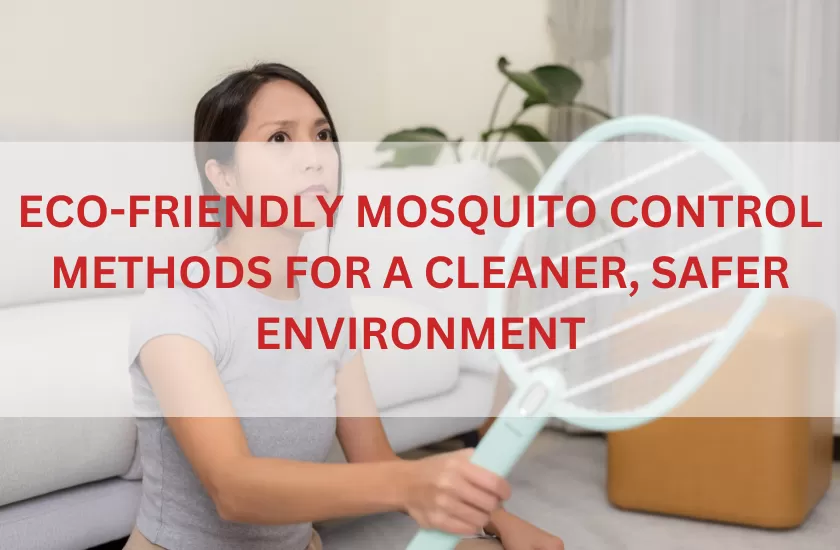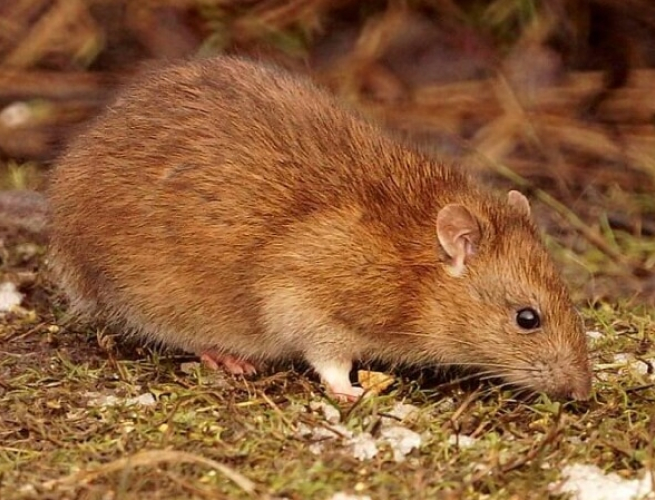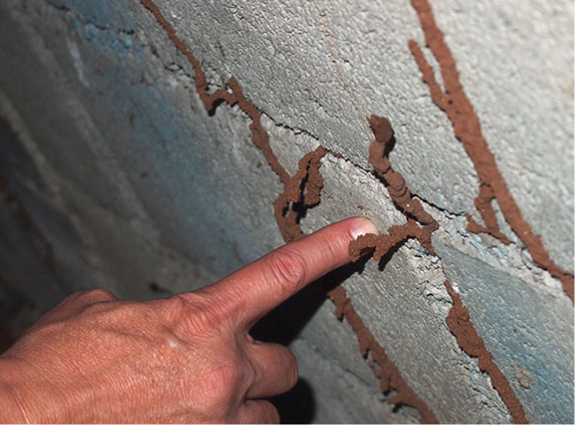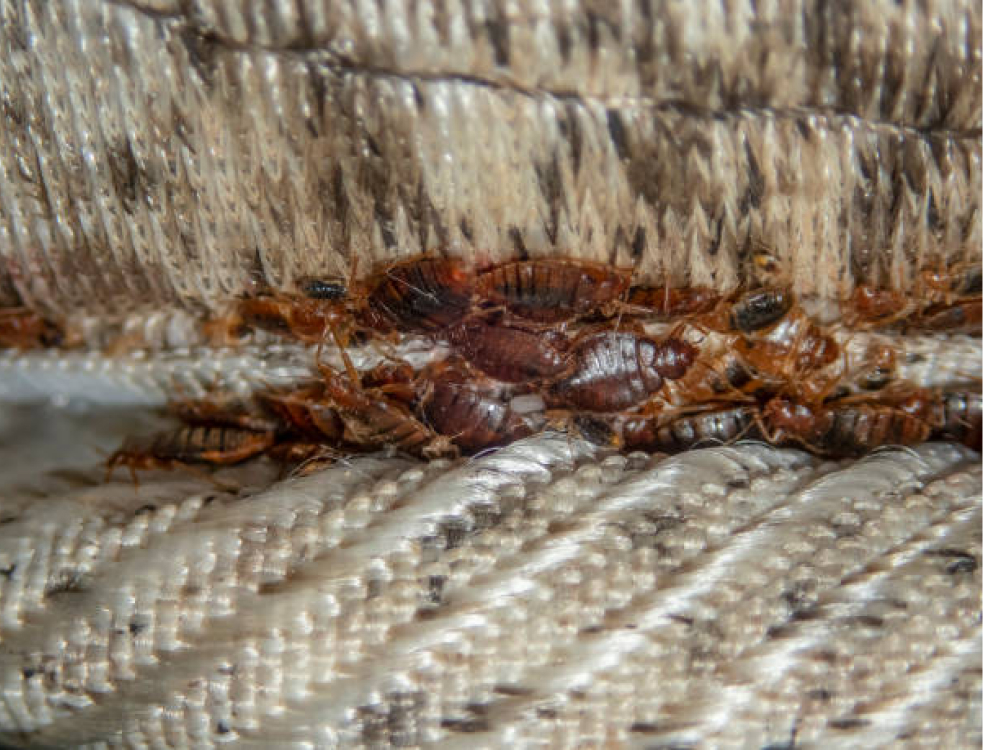Mosquitoes are not just a nuisance; they are vectors of serious diseases like malaria, dengue fever, Zika virus, and West Nile virus. Traditional mosquito control methods often rely on chemical insecticides, which can have harmful effects on the environment and non-target species, including humans. As awareness of environmental issues grows, the demand for eco-friendly mosquito control methods has increased. This article explores various sustainable and environmentally friendly strategies for mosquito control, highlighting their benefits and effectiveness.
Understanding the Problem
Mosquito-Borne Diseases
Mosquitoes are responsible for transmitting several life-threatening diseases. According to the World Health Organization (WHO), mosquito-borne diseases cause millions of deaths annually and impact the health of millions more. For instance, malaria alone causes over 400,000 deaths per year, primarily in sub-Saharan Africa. Dengue fever, another mosquito-borne illness, affects around 400 million people worldwide each year.
Environmental Impact of Traditional Methods
Traditional mosquito control methods, such as the widespread use of chemical insecticides, pose significant environmental risks. These chemicals can contaminate water sources, harm beneficial insects, and lead to the development of insecticide-resistant mosquito populations. Additionally, non-target species, including birds, fish, and mammals, can suffer from exposure to these chemicals, disrupting ecosystems and biodiversity.
Eco-Friendly Mosquito Control Methods
Biological Control
Biological control involves using natural predators, parasites, or pathogens to reduce mosquito populations. This method leverages ecological relationships to manage pests without harmful chemicals.
Predatory Fish
Introducing predatory fish, such as Gambusia affinis (mosquito fish), into mosquito breeding sites can significantly reduce mosquito larvae populations. These fish consume large quantities of mosquito larvae, thus preventing them from maturing into adult mosquitoes. This method is particularly effective in controlled water bodies like ponds and water troughs.
Bacteria and Fungi
Certain bacteria and fungi can be used to target mosquito larvae. Bacillus thuringiensis israelensis (Bti) is a naturally occurring bacterium that produces toxins lethal to mosquito larvae but harmless to humans, animals, and other insects. Similarly, fungi like Metarhizium anisopliae and Beauveria bassiana can infect and kill adult mosquitoes without affecting non-target species.
Habitat Management
Managing and modifying mosquito habitats can drastically reduce mosquito populations. This method focuses on eliminating breeding sites and altering environments to make them less conducive to mosquito proliferation.
Source Reduction
Eliminating standing water where mosquitoes breed is one of the most effective ways to control their populations. This involves regularly emptying, cleaning, or covering containers that collect water, such as flowerpots, buckets, and discarded tires. Proper management of stormwater systems and drainage ditches can also prevent water from stagnating.
Wetland Management
Restoring and managing wetlands can help control mosquito populations by promoting the presence of natural predators. Wetlands with a diverse range of plant species and adequate water flow can support populations of insects and animals that feed on mosquitoes, thereby reducing their numbers naturally.
Botanical Insecticides
Botanical insecticides are derived from plants and offer a natural alternative to synthetic chemicals. These substances can effectively repel or kill mosquitoes while being biodegradable and less harmful to non-target species.
Neem Oil
Neem oil, extracted from the seeds of the neem tree (Azadirachta indica), has been used for centuries as a natural insect repellent and pesticide. It contains compounds that disrupt the life cycle of mosquitoes, preventing larvae from developing into adults and reducing adult mosquito longevity.
Pyrethrin
Pyrethrin, derived from chrysanthemum flowers, is a potent insecticide that affects the nervous system of insects. It degrades quickly in the environment, reducing the risk of long-term
ecological impact. Pyrethrin-based products can be used in combination with other eco-friendly methods for enhanced mosquito control.
Genetic Control
Genetic control involves modifying the genetic makeup of mosquitoes to reduce their populations or render them incapable of transmitting diseases.
Sterile Insect Technique (SIT)
The Sterile Insect Technique (SIT) involves releasing sterile male mosquitoes into the wild. These males would mate with wild females, but the resulting eggs do not hatch. Over time, this reduces the mosquito population. SIT has been successfully used in various parts of the world, including the control of Aedes aegypti, the primary vector of dengue and Zika viruses.
Gene Drive
Gene-driven technology aims to spread genetic modifications rapidly through mosquito populations. For example, genes that render mosquitoes resistant to malaria parasites can be introduced and propagated. While promising, gene drive technology is still in the experimental stages and raises ethical and ecological concerns that need careful consideration.
Integrated Mosquito Management (IMM)
Integrated Mosquito Management (IMM) combines multiple control methods to achieve sustainable and effective mosquito control. IMM focuses on a holistic approach, incorporating environmental management, biological control, and public education.
Public Education and Community Engagement
Educating communities about mosquito biology, disease prevention, and eco-friendly control methods is crucial for the success of IMM. Community involvement in habitat management, source reduction, and monitoring can enhance the effectiveness of mosquito control efforts.
Monitoring and Surveillance
Regular monitoring and surveillance of mosquito populations and disease incidence are essential components of IMM. This helps in identifying hotspots, assessing the effectiveness of control measures, and making data-driven decisions for future interventions.
Challenges and Future Directions
Challenges in Implementation
Despite the effectiveness of eco-friendly pest control methods for mosquito control, there are several challenges in their implementation. These include:
- Cost and Resource Requirements: Some eco-friendly methods, such as genetic control and habitat management, can be resource-intensive and expensive to implement.
- Public Acceptance: Gaining public acceptance and cooperation for methods like genetic control and the use of predatory fish can be challenging due to misconceptions and fears.
- Regulatory Hurdles: Regulatory approval for new and innovative methods, especially genetic techniques, can be slow and complex.
Future Directions
To overcome these challenges and enhance the adoption of eco-friendly mosquito control methods, the following strategies can be considered:
- Research and Development: Continued research into the efficacy and safety of new methods is essential. This includes exploring new biological control agents, improving genetic control techniques, and developing more effective botanical insecticides.
- Policy Support: Governments and regulatory bodies should support the adoption of eco-friendly methods through policies, funding, and streamlined approval processes.
- Public Education Campaigns: Raising awareness and educating the public about the benefits and safety of eco-friendly mosquito control methods can increase acceptance and participation.
- Collaboration and Partnerships: Collaboration between governments, non-governmental organizations, research institutions, and communities is crucial for the successful implementation of integrated mosquito management strategies.
Conclusion
Protecting the environment while effectively controlling mosquito populations is a complex but achievable goal. Eco-friendly mosquito control methods, such as biological control, habitat management, botanical insecticides, and genetic control, offer sustainable and environmentally responsible alternatives to traditional chemical methods. By adopting an integrated approach and engaging communities, we can reduce the burden of mosquito-borne diseases and protect our ecosystems for future generations. The success stories and ongoing research in this field provide a promising outlook for a healthier and more sustainable future.
A pest control company in Singapore that adopts eco-friendly pest control methods can significantly contribute to this vision. By prioritizing environmentally responsible techniques, such a company not only addresses the immediate concern of mosquito control but also supports broader environmental conservation efforts. This approach can enhance public health outcomes, foster community trust, and position the company as a leader in sustainable pest management. Through collaboration with local authorities, continuous innovation, and community education, an eco-friendly pest control company can help build a safer, healthier, and more sustainable Singapore.







